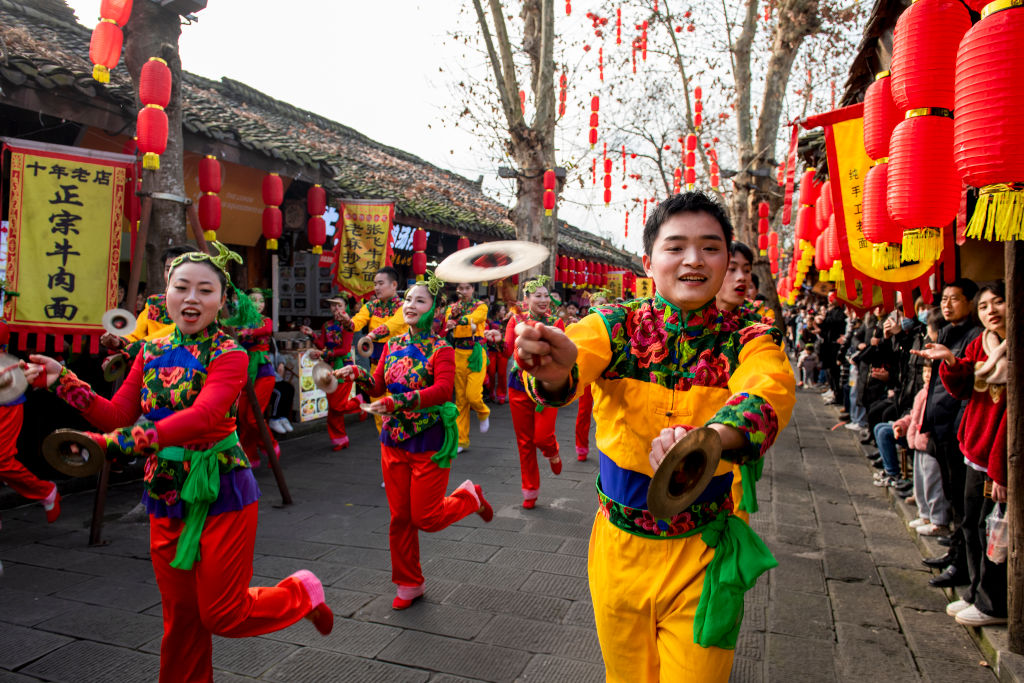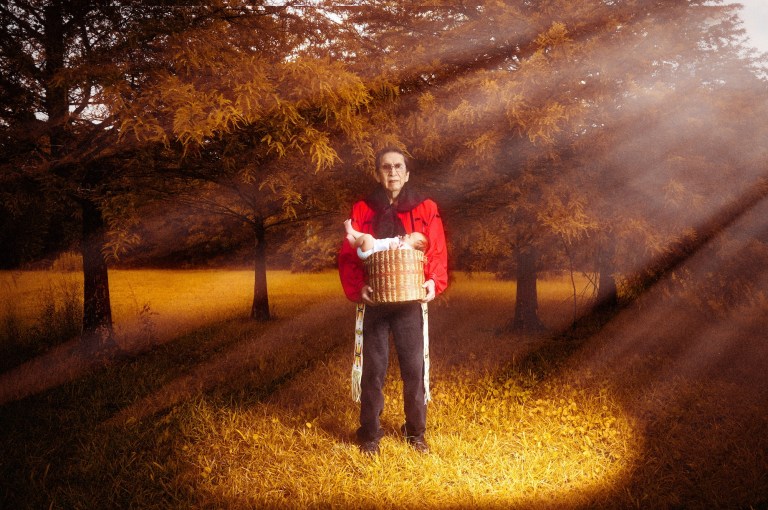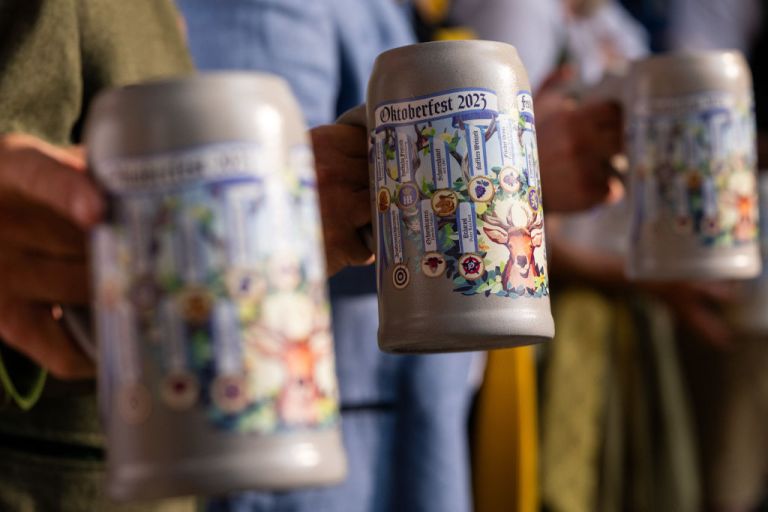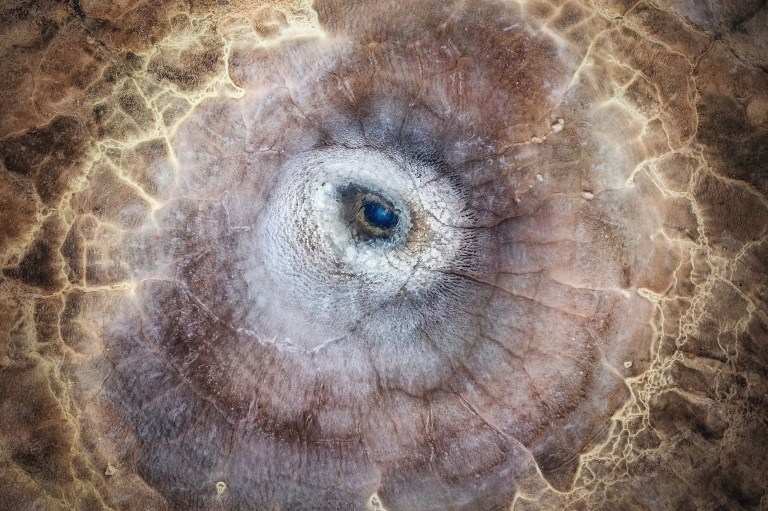Fresh off the heels of New Year’s Day in the United States, we’re quickly approaching the Lunar New Year, a holiday that begins with the first new moon of the year. For 2023 — the “Year of the Rabbit” — the worldwide celebration will kick off on January 22, with families and friends enjoying feasts and participating in traditions and festivities.
Each year, Lunar New Year is celebrated by Asian cultures around the globe — including Chinese, Vietnamese, and Korean communities, among others. The holiday is commonly referred to as the Chinese New Year in the West, or the Spring Festival (Chūnjié in Mandarin) in China, Singapore, and other countries with large Chinese populations. According to National Geographic, the festival is considered to embrace overarching themes of reunion and hope.
In contrast to a solitary New Year’s Day celebration based upon the Gregorian calendar (the calendar formally adhered to in the U.S. and the majority of the world), Chinese New Year celebrations last for multiple days — typically about 15 — until the first full moon of the year. In day-to-day life, modern China follows the Gregorian calendar as well, but its holidays still follow the lunar calendar, per Nat Geo.
For those unfamiliar with this special time of the year, here’s a brief overview of what it’s all about.
The Year of the Rabbit
Each year of the Chinese Lunar calendar is represented by one of 12 zodiac animals — the rat, ox, tiger, rabbit, dragon, snake, horse, goat, monkey, rooster, dog and pig — that repeat rotationally. This year is the Year of the Rabbit. The overall belief is that the year assigned to each animal will embody experiences and qualities similar to that animal.
According to The Japan Times, the rabbit is “historically known as the gentlest and most tender of the 12 animals in the Chinese zodiac.”
For those hoping that 2023 will provide a more peaceful and restful experience than its predecessor, according to the Chinese zodiac, they are indeed in luck.
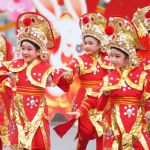
The History of the Chinese New Year
It’s widely believed that the Chinese New Year began at some point during the reign of the Shang Dynasty under Emperor Wu of Han in the 14th century, according to History.com, with rituals conducted to mark the first day of the occasion. According to scholar Yong Chen, China’s agricultural roots at the time made this “the occasion to celebrate the harvest and worship the gods and ask for good harvests in times to come.”
In 1949, under the Communist Party, the government opted to instead follow the Gregorian calendar and do away with celebrations adhering to the traditional Chinese New Year. In modern times, Chinese leaders displayed greater acceptance of the tradition. Beginning in 1996, the government officially declared a weeklong vacation during the Spring Festival, and it is now a state holiday.
Festivities
The holiday celebrates “household and heavenly deities,” and ancestors, marked with feasting and other special activities, per History.com. Fish is a traditional New Year’s Eve last course, which is considered to bring good luck. Other traditional foods that mark the occasion include rice ball soup, moon-shaped rice cakes, and dumplings. Some celebrants hide a clean new coin inside a dumpling, also for luck. As noted by Nat Geo, the New Year’s eve meal — considered “the year’s most important meal” — is a time for family reunions, and it’s traditionally held in the house of the family’s most senior member.
The color red dominates celebrations due to its affiliation with prosperity; red envelopes, or “hongbao,” filled with cash are typically exchanged.
The last day of the 15-day holiday is the Lantern Festival, during which time houses are adorned in colorful lanterns, gifts are exchanged, and parades, dances, games, and fireworks all bring the festivities to a close.
In Mandarin, traditional greetings used to wish others a happy New Year include “Xīnnián hǎo,” which means “New Year Goodness” or “Good New Year,” and “Xīnnián kuàilè,” which translates to “Happy New Year,” per History.com.
Check out these photos from last year’s Lunar New Year celebration, the Year of the Tiger, and click here to find out which animal corresponds to the year you were born and what it means.
